|
As So Flo Guns moves into the production phase we revisit where South Florida’s – and the USA’s - gun history began. On December 8th we went to the Cape Florida Light to begin shooting (no pun intended) for So Flo Guns. There we stood in the footsteps of Ponce De Leon, sea robbing pirates, early settlers, Indians, Army soldiers, and two lighthouse keepers that battled 50 or so Seminoles from the lighthouse on a fateful July day in 1836. Aaron Carter, an African American, died in the battle. Ponce De Leon’s landing on Key Biscayne in 1513 marks the beginning of guns in South Florida. Unfortunately, he left no artifacts. Pirates that presumably visited the island over the following centuries similarly left little to mark their passing. It is however the location where Brian Newberry dug up a musket ball in 1981 with his metal detector - the oldest firearm artifact we have found in our research. And the occasion for our shoot. The sacking of the lighthouse as laid out in the firsthand account of John W. B. Thompson marks the earliest written description of guns in South Florida. It is a gripping tale in which he survived rifle shot injuries, a fire engulfed lighthouse (the wooden stairs were set ablaze), and a massive explosion when he threw a powder keg into the fire from the top of the lighthouse where he and Carter had ascended with their rifles. We are planning to include an animation of the event in our film. It really deserves an entire film as it encapsulates the issues surrounding the Second Seminole War and its attempted forced relocation of the Seminoles. It is also a war in which several advances in firearm tech and tactics developed, including Samuel Colt’s first big sale of repeating rifles to hold back the Seminoles who had learned to attack while troops reloaded their muzzleloaders. Park Ranger Shane Zigler enabled access to the keeper’s house, the lighthouse itself - all 109 steps - and grounds, where we got spectacular footage inside and out. Accord Productions provided the Sony FS7 4K camera package with lighting and audio, all in the hands of Accord’s Chris Lindabury. Thanks also to the park’s Heather Smith and Accord owner Max Wyler for getting it all together for us. We interviewed the Bill Baggs Cape Florida State Park’s resident expert/historian on all things related to the 2nd Seminole War and the Army’s activities post lighthouse sacking, Steve Mack. He is a firearms expert of the period. In addition to the interview he also provided a non-fire demonstration of the firearms used by those stationed at Camp Bankhead (the Army camp on the lighthouse grounds back then). One of these was a 1816 Springfield smoothbore musket which was the weapon US Army infantry troops were issued. The musket ball fit very nicely in the .69 caliber barrel. But the fun didn’t stop there. Steve Mack also brought a much rarer weapon: a Halls Carbine which represents a real evolution in gun tech which would revolutionize warfare leading up to the Civil War. Its percussion cap technology, a European innovation developed in the 1820’s, would begin to replace the flintlock that was standard after Ponce’s 16th century matchlock and had prevailed for centuries. In short, a percussion cap provides the spark to ignite the powder in the barrel rather than a piece of flint against a steel frizzen. It allowed much more reliable firing in all weather. The Halls Carbine was an elite weapon and would have been in use by Dragoons and cavalry at the time. The M-16 of the day Steve said. Our footage includes awesome panoramas of the Atlantic, Biscayne Bay, Key Biscayne, Miami, Miami Beach and Coconut Grove, and closeup documentation of the musket ball itself. Under the bright lights the ball looks like it might be from outer space. Unlikely. Steve Mack thinks it probably fell out of a soldier’s cartridge bag and simply left on the beach back when the army occupied the area. We want to take it to a lab to be sure. Perhaps the most fun of the day was when we decided to try the number on the pill bottle that Brian Newberry had returned the musket ball in. To our surprise he answered. And that’s a subject for another interview and shoot as we continue our journey to track the history of South Florida through its guns. Stay tuned.
0 Comments
By Steve Richards The So Flo Guns documentary, currently in pre-production, covers more than 500 years of guns in South Florida, from Ponce De Leon’s matchlocks to today’s assault rifles it tracks the evolution of our gun environment. The film shows that guns are part of our man-made ecology. And so far as South Florida’s humans are concerned, at least since landing on Key Biscayne in 1513, they’ve always been here, and they aren’t going anywhere. So Flo Guns is organized chronologically in three parts with the Musket Ball Era first focusing on the time from 1513 through the Civil War and represented by a musket ball found on Key Biscayne….
Our quixotic interest in disentangling, or at least illustrating the gun situation in the USA, is that the carnage, fear and emotional toll that we live with is unnecessary notwithstanding the seeming paralysis we are stuck with. Which leads us to an epilogue in which we wonder what might be if all sides of the gun issue could be brought together to compromise and agree on a way forward. When it comes to guns in the USA we will need all sides of the discussion to reach a shared conclusion about steps to reduce their lethality on our fellow citizens like we’ve tamed South Florida’s flood waters. Much like what Marjory Stoneman Douglas accomplished with the Everglades whereby she brought all sides of the issue together - somehow. Something seemingly impossible in today’s political setting. Marjory Stoneman Douglas We can perhaps take inspiration from a name infamously reintroduced to all when a young gunman took an AR-15 on Valentine’s Day 2018 and murdered 17 at Marjory Stoneman Douglas High in Parkland. An iconic South Florida figure she authored The Everglades: River of Grass in 1947 and remains a gigantic environmental figure internationally as we continue to fight for the Everglades. A Medal of Freedom recipient she lived to be 108. A writer for the Miami Herald she became an activist in her 70’s. As someone who has great admiration for her I personally find it unfortunate that her name will forever be associated with such a tragedy. But maybe that’s not where the story ends. I’ve come to appreciate that what is required to improve our gun environment is precisely that required to advance the Everglades issues of her day. All sides must be brought together to make real progress. With the Everglades she brought together environmentalists and hunters, landowners and conservationists, Republicans and Democrats. And she moved political mountains to fight a jetport in the middle of the Everglades (The 'world's greatest airport' that never was | CNN Travel) and led the way for tens of billions of dollars for Everglades restoration. She is an inspiration for what it will take to bridge the chasm in our gun environment. Her example shows that seemingly insurmountable gulfs can be bridged. The tools and example she demonstrated on the environmental front (activism, mutual self-interest, the press, pragmatic leaders) is useful in a gun debate looking for solutions. Like the Everglades it will take many years to get to where we want to be just like it has taken us decades to get to state-of-the-art flood control, which is anything but finished. Especially given the new variant in that never ending battle: climate change. This makes it something worthy of government action - and resources. Like the Everglades did - and continues to require Because the violence and lethality that is generated by our gun environment would never be tolerated from water, storms, or other natural causes. Nor should we need to take it from our guns. We’ve covered 500+ years of South Florida gun history in previous posts to get to what we are calling the Parkland Era. From Ponce DeLeon in 1513 at the beginning of the Musket Ball Era to today we see the evolution of our guns going from matchlocks, to flintlocks, to Winchesters, to the AR-15’s of today. Our times are marked by mass shootings and the realization that they can happen anytime, anywhere – with seemingly little to be done about it. The period is also marked by political polarization of what used to be a nonpartisan approach to gun regulation. The iconic gun of this period is the AR-15 (see ArmaLite AR-15) with its military design, high-capacity magazines, sights and scopes, etc. Much of the American rifle industry is dependent upon the manufacture of these “sporting rifles” for their revenues, profits, stock prices, etc. Many will proffer that the AR-15 is not an actual battlefield weapon. Those would be the M-16 and M-4, the military version of the AR-15 (see AR15 vs M16 vs M4: What’s the Difference? - 80 Percent Arms). That’s beside the point. The high velocity rounds are the same and the carnage visited upon our kids that Valentine’s Day is the same as on the battlefields of Vietnam, Afghanistan and Iraq. Watch 60 Minutes Overtime: The explosive force of AR-15 style rifles. The filming of So Flo Guns began with the MSD mass shooting in early 2018. We went to document the memorials and mourned with our neighbors. Living in Miami it was too close to home with my daughter (and So Flo Floods producer/cameraperson) Bobbie Richards the same age as the murdered students at the time. The frustration and remorse emanating from the massacre at one of our schools by a shooter with an AR-15 - and our apparent impotence to do anything about it - led to this documentary and its examination of how we got here. We spent the rest of 2018 documenting So Flo’s gun culture. A few days later was Carmen Schentrup’s funeral, which I happened to attend through my association with the church she attended. It is our hope and intention to tell at least a small part of the Parkland heartbreak through her story. Hopefully, we can interview those close to her to better understand who she was, and the loss inflicted upon those that survive her. In so doing we will try to encapsulate the broader experience of the Parkland sufferers. We’re reliving it all again right now both locally and nationally as news coverage focuses on whether the shooter will receive the death penalty. Parkland had a significant impact on our politics – for a time anyway - as we see in our footage from the March for Our Lives protest on Miami Beach including School Superintendent Carvalho’s speech on March 24, 2018. There was an expectation that changes in gun laws were coming. Two months later we documented a Miami gun show where our gun ecology, economics, and theology thrive. Different communities in South Florida - like elsewhere - have different fears. The more-wealthy live in neighborhoods and gated communities that see little day to day shooting. Those in poorer communities live with ongoing gun violence to greater and varying degrees. All are affected by the fear guns present to parents sending their kids to school. South Florida schools instituted monthly code red drills in the aftermath of Parkland. This is something new and speaks to what is a kind of variant in our five-century old gun environment. But everyday shootings are just as lethal to our community and kids – and more prevalent. The reality is though that assault rifles get most of the attention as a target for regulation as we have all but given up on the prevalence of 9mm and other handguns on our streets. Mass shootings with assault rifles began decades ago. The 1989 Cleveland Elementary School shooting in Stockton, California saw a gunman shoot and kill five schoolchildren and wound 32 others with an assault rifle. This and other mass shootings led to the Federal Assault Weapons Ban in 1994 which expired 10 years later. In the end, Florida’s, like the nation’s, gun politics and lobbying are the headwaters of the flow of guns. In Florida this is personified by Marion Hammer, The N.R.A. Lobbyist Behind Florida’s Pro-Gun Policies. We concluded our 2018 shoots interviewing the head of Florida Carry at their Line in the Sand Event in October in which they exercised their right to carry rifles and sidearms to South Beach as they went fishing on South Pointe Pier. The time we live in, as exemplified by the Parkland tragedy, is marked by an awareness that the next shooting is almost certainly coming, with little hope of averting it. A bit like hurricanes guns are part of our human made environment - and we have learned to live with them. We just hope that we and our loved ones aren’t in the path of the next shooter. The terrifying fact of life is we never see the next one coming in spite of our efforts. At least with a hurricane we see it coming as the cone of concern closes in or moves away. If only such cones existed for the next mass shooting.
So Flo Guns – The Modern Era – Winchesters, Tommy Guns, Mac-10’s, Regulations, and the NRA10/10/2021 So Flo Guns is organized chronologically in three parts with the Musket Ball Era first focusing on the time from 1513 through the Civil War in 1865 and represented by a musket ball found on Key Biscayne (See The Oldest South Florida Gun Relic (theoeco.org)). A musket ball like those used by Ponce DeLeon and Spanish Conquistadors, pirates, Seminoles, soldiers, and South Florida’s earliest pioneers. Towards the end of that era we find the Savage Navy Revolver in the Key West Museum of Art & History at the Custom House. It represents a kind of mutation in the evolution of gun tech and lethalness as we move into the unheard of carnage of the Civil War battlefields enabled by Minie’ Balls and percussion cap rifled muskets– and new firearms available to civilians. Personally, I think of guns as a kind of human made ecology. One not unlike water in that it is everywhere, can be very beneficial, and also kill you. It is also something that we try to control. In the USA this begins with the 2nd Amendment, continues on through the National Firearms Act in the 1930’s, on up to the regulatory environment – and the raging gun debates about them - of today. Seen in that light we can use environmental/biological metaphors to talk about our evolving gun environment as we move forward into So Flo Guns’ Modern Era; that time from the Civil War through the Cocaine Cowboy days. Specifically we are talking about repeating arms, and their enabling technologies like interchangeable parts and other innovations of the Industrial Revolution. Perhaps foremost of these being smokeless gun powder which allowed repeaters with all their moving parts to avoid being fouled by black powder residue. “Smokeless powder made autoloading firearms with many moving parts feasible (which would otherwise jam or seize under heavy black powder fouling). Smokeless powder allowed the development of modern semi- and fully automatic firearms and lighter breeches and barrels for artillery.” https://en.wikipedia.org/wiki/Smokeless_powder  Repeating rifles represented an awesome increase in firepower over their predecessors. They would not have been possible without new technologies and advances in industrial production out of New Haven where Winchesters (and cotton gins) were made. The Winchester Model 1892 found in the Richard and Pat Johnson Palm Beach County History Museum represents a prime artifact of the evolving South Florida gun environment of the time as the notorious Ashley Gang of the time epitomized. The period is a colorful and increasing lethal time in our gun history memorialized in countless movies including westerns, gangster, and contemporary action flicks. Each of these genres feature guns that evolve markedly with lever-action rifles like the Winchester featured in John Wayne’s The Searchers, to Thompson sub-machine guns aka ‘Tommy Guns” in films like Brian De Palma’s The Untouchables, to Uzi’s and Mac-10’s in Scarface. What do Al Capone and Tommy Guns have to do with South Florida you might ask? Well, turns out that the St, Valentine’s Day Massacre was purportedly planned and ordered from Scarface’s Miami Beach Home in 1929.  Not surprisingly these advances also led to a perplexing mix of developments in the regulation of our increasingly lethal civilian arsenal while also advancing and promoting their distribution. During this time we see the incorporation of a far different purposed NRA in 1871. Next we see the National Firearms Act in 1934 get control over the Gangland weapons used by Al Capone and his ilk. National Firearms Act | Bureau of Alcohol, Tobacco, Firearms and Explosives (atf.gov). What counts as a controlled firearm? Check out the list on the ATF website. It includes machine guns, sawed-off shotguns, silencers, grenades, bombs, rocket-propelled grenades, mortars, artillery shells, etc. Even some of their parts are regulated destructive devices, not least of which are those that convert AR-15’s to fully automatic. It demonstrates that we lost most of our gun rights long ago. Which likely explains, in addition to the economic motivators of suppliers, that we struggle so mightily to keep those we still have. So Flo Guns will focus on all of these developments as we ultimately track the evolution of our gun environment into the Parkland Era of today as we tell the story of guns in South Florida and the nation.
 The Springfield Armory National Park The Springfield Armory National Park By Steve Richards Turns out that just about all the guns we have found in South Florida’s museums – including actual artifacts - were made in Connecticut. The Winchester Rifle in the Richard and Pat Johnson Palm Beach County History Museum was made in New Haven, the Savage Navy Revolver in the Key West Museum of Art & History at the Custom House was made in Middletown, and the Colt Revolver Rifle at the Seminole Tribe of Florida’s Ah-Tah-Thi-Ki Museum was made in Hartford. Not just Connecticut is represented in So Flo’s museums. Massachusetts is close though not with actual artifacts, At least, not for our purposes as we try to tell the story of South Florida – and the nation – through its guns. Many of the firearms found in our museums haven’t had their provenience determined and are not necessarily from South Florida. In contrast, the Savage skeleton spent more than a century buried under water off Key West before being discovered there. It is an actual artifact of the Civil War as these guns were only made in the early years of the war and with limited distribution to Union troops. All the organic material has disintegrated leaving only the steel frame demonstrating its submerged history. Examples like this are extremely rare and this is the oldest such example we have found, not counting the flintlock pistol found across the street from the Custom House in the Mel Fischer Maritime Museum. That gun dates back to 1700 but was found on a shipwreck and unlikely to be a part of South Florida’s history per se. Though it does represent the kind of guns the pirates and Spanish were using in these parts at that time. 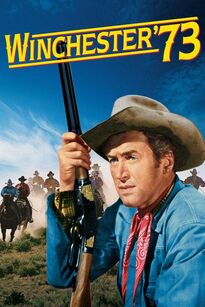 The poster for the 1950 film Winchester '73 starring James Stewart. Click for the trailer which references both the Springfield and Winchester in one scene. The poster for the 1950 film Winchester '73 starring James Stewart. Click for the trailer which references both the Springfield and Winchester in one scene. The New England connection is no surprise. Back in the day Massachusetts and Connecticut armed the USA. The Springfield Armory was built in 1795 to arm the fledgling new country. Samuel Colt got his start providing the army with a revolver rifle during the Second Seminole War when the army needed a repeating rifle that would overcome the Seminole’s tactical innovation of drawing fire and then charging as the soldiers reloaded. The Savage incorporated innovations on Colt’s cap-and-ball design that reduced the risk of “chain-firing” all six cylinders simultaneously. The .36 caliber “Navy” design was dropped by the army early on, Savage decided not to retool, and that was the end of these “ugly” revolvers. While some of these famous names live on, the original companies – aside from Colt - are mostly gone, and the old factories largely boarded up. Sometimes, as in New Haven and Hartford, real estate developers have begun to take over the behemoth factories, at least partially. Several of the iconic brands have been repurposed, like the Springfield Armory which was converted to a national park in the mid-1970’s, but whose name is now in use by a company with no relationship to the original armory which shut down production in 1968. I just returned from a research trek through Connecticut and Massachusetts to document where these companies are now. Interestingly, most of their gun designs are available in brand new versions though built largely in Europe. Colt still makes rifles in West Hartford but not at its old sprawling factory under the blue onion dome. Even it was recently sold to a Czech gun maker. Henry Rifles are being manufactured again in the USA though not in New Haven. This predecessor of the Winchester was produced by the New Haven Arms Company before a long and tortured road to bankruptcy and eventual takeover by FN Herstal, of Belgium. European companies finding a way to make our old guns profitably, and then selling them back to us. Free trade is awesome though it begs the question: Why can’t we build them here? Especially since the original factories are largely available as is the high-end labor and innovators. It would seem like the old guns would be pretty lucrative as the European offerings often get into the $2,000+ range, way more than most AR-15’s. Personally, I’d like to see America’s civilian rifle arsenal de-risked. Not that AR-15’s aren’t awesome and fun to shoot – they are. They’re just too lethal. Assault rifles replaced with those like we used to make – by American workers. With government subsidies paying a big chunk of the cost to subsidize an American industry that pioneered the industrial revolution. It’s also worth noting that the original Savage factory in Middletown was water powered long before “hydro-power” was even a thing. The potential for thousands of skilled U.S. manufacturing jobs coming back to America while getting some of our most devastating weapons off the street – all while generating fat profits for the American gun industry. Sounds like a win-win-win.
Crazy as it might sound. By Steve Richards Is this musket ball the oldest firearm artifact in South Florida? Can the history of South Florida be told through one tiny artifact? A single musket ball? Looks like. So much so that we could easily dedicate an entire film to tell the stories it inspires. Stories that cover more than 300 years, from Ponce De Leon in 1513 to the sacking of the Cape Florida Lighthouse in 1836 – and the pirates in between. It all starts in Key Biscayne with Ponce De Leon stepping foot on the island just across the Rickenbacker Causeway from Miami in 1513. Looking for gold, the Fountain of Youth, and easily enslaved natives – none of which he found - he didn’t stay long. But we can assume he brought Matchlock Muskets with him. (Ponce was on Columbus’ second expedition to the New World). That being said we have no surviving artifact(s) from the visit. Or do we? We are in the process of identifying and documenting the oldest guns from South Florida’s history for our new documentary So Flo Guns. This musket ball was found near the Cape Florida Lighthouse at the very tip of Key Biscayne. Built in 1825 it is the oldest structure in South Florida and the site of a Seminole sacking in 1836 – a major event of the Seminole wars of Andrew Jackson’s day. In research for the film I knew that Key Biscayne and Cape Florida were huge to the story. So out I drove one afternoon and was directed by the guardhouse rangers to Art Levy, Park Services Specialist at Bill Baggs Cape Florida State Park. He is the keeper of the archives, and the stories. He’s also about to retire and is organizing the materials which have been collected over the years so he can pass them down to the next keeper of the flame before he leaves in October. When I told him what I was up to he quickly pulled from deep in an old filing cabinet the musket ball he is holding. It had apparently been dug up by a beachcomber with a metal detector back in 1981. This is likely a very important artifact given its provenience, a fancy word that basically means we know when, where, and even who found it. And given that Art has tucked it away all these years we can also assume it’s not forgery, not that anyone would bother. Certainly old musket balls aren’t uncommon. But the only known musket ball dug up on Cape Florida? Now that’s fascinating and could fill a film or two on its own just from all the imagining it generates. Like what? Well, it comes down to not really knowing what this musket ball is, when it was presumably fired, who fired it, where it was made, etc. All of which is the purview of archaeologists, scientists, and others that dig into such things. There seem to be several possibilities which include:
I suggest we treat it with the respect it deserves and bring in scientists. Because while it is perhaps most likely that this musket ball is from the 19th century, we really don’t know. So we will be reaching out in the course of filming So Flo Guns to historians, archaeologists, metallurgists, gun experts, and the like.
For instance, we can perhaps determine the source of the lead in the ball with lead isotope analysis and other research methods to know whether the ball is of American or Spanish origin. Or somewhere else. This might also help determine who shot it – assuming it was shot at all. A fascinating study of lead artifacts from the Lewis and Clark Expedition goes into tremendous depths along these same lines and presumably gives a road map for how to research our little ball. Elemental analysis of nineteenth century lead artifacts from Lewis and Clark and Hudson's Bay sites of the Pacific Northwest (umt.edu) We can also examine the caliber and structure of the ball itself and match it to others that exist in musket ball databases. Who cares? Anyone who is interested in guns in America and how we got to our present-day gun environment. Is it 16th century Spanish or 19th century American? Was it fired by a Seminole or one of two lighthouse keepers fighting for their lives. We may never know. But It certainly shows how such a little thing can get us asking the right questions. A potential next step? The Geochron Laboratories / Krueger Enterprises Isotopic Analyses (geochronlabs.com) outside Boston. They are the ones that can tell us what there is to be known about the metallurgy and chemical makeup of the ball if Art and the folks at the park on Cape Florida would allow.  We had a major celebration on July 4th with three bands, three food trucks, three security guards, and one stage. Which is kind of a miracle given that Elsa was chugging towards us and rain in July is not exactly uncommon around here. But skies cleared the day before and we had sunshine all day long allowing a nice mix of folks from the neighborhood, the broader community via our online promotions, and friends old and new. It was hot though with temps in the 90’s and a cloudless sky for most of the afternoon. Which meant our performers were baking in the sun, but they all performed with great energy on the stage on St. Luke’s lawn with a sound system that Frank the soundman made sound awesome! The performances by Pangea, PJ Aviles, and The Real Deal Band were all top notch as we knew they would be. Fortunately for the rest of us shade was plentiful under the trees and by the time Pangea went on around 6:30 the temps had dipped a bit and the full promise of the event showed itself with folks gathering from the community to see what was going on. There was also melancholy in the atmosphere as we remembered the Surfside tragedy unfolding as we went with our flags at half-staff. This also meant speaker(s) bowed out, which we understood. We had rethought whether we were going to move forward at all given the circumstances but decided to move ahead as we felt this July 4th in particular needed to be celebrated given the year we all just lived through. This was the first attempt at an event like this at St. Luke’s and while we were sure we would pull it off we had our share of issues. Like where the stage would go exactly, how long it would take to set up and get going given that we didn’t want to interrupt morning services, where the food trucks should park, how many security guards were needed, how many portable toilets, etc. It was a great way to kick off our fundraising effort for So Flo Guns (SoFloGuns.com) which begins in earnest next week. I am still struck that another Miami mass shooting happened less than two miles from our office at St. Luke’s in Kendall just weeks ago. (Deadly mass shooting near Miami area college campus | Miami Herald) This continues to be a poignant reminder that the issues our documentary addresses affect all of us. None of us are immune to these risks in our midst. Our events going forward will focus on gun violence and 2nd Amendment issues – with elements from the film’s musicians, music, experts, and footage to forge engaging events. So Flo Guns is the new feature documentary from TheoEco about guns in South Florida past, present, and the future. From Ponce De Leon’s arrival on Key Biscayne in 1513, to pirates in the Keys, throughout the 17th and 18th centuries, to Seminoles and Soldiers in the 1800s, to gangsters in the early 1900s, to the Cocaine Cowboys, to Parkland, we have a long and tangled relationship with guns, and their evolving lethalness. For this event we departed from the So Flo Guns theme. July 4th is meant to be celebrated as those that came can attest given all the dancing going on. Thanks very much to Ariel Eva, Dorian Reyes, Raymond Daniel, Pangea, The Real Deal Band, Jim Cribb, Lyle Lingle, the food trucks, Eddie Baez at Professional Security, Moe’s Rental, the Ladies of St. Luke’s, and all the rest. And if you haven’t yet donated we would greatly appreciate any size donation to help defray our costs of the event. We have extended the date to July 31st and have so far raised about $1,500 of our $6,800 breakeven goal. To donate click here.  Music, Food, Speakers, and Fun! And Fundraiser for the feature documentary film So Flo Guns. We are planning a major celebration with our community on this very special Fourth. It will be one to remember and a bit of surprise that it is possible at all given the CDC guidance just weeks ago. But we have it organized, Miami’s top band Pangea and other artists are booked, and much more is in the works. I am struck that another Miami mass shooting happened less than two miles from our office at St. Luke The Physician in Kendall. (Deadly mass shooting near Miami area college campus | Miami Herald) Three dead and five injured in our neighborhood. This is a poignant reminder that the issues our event and documentary addresses are all around us. None of us are immune to these risks in our midst. However, I believe we are not helpless to affect gun violence in our community. This event is a way to help. So Flo Guns (SoFloGuns.com) is the new feature documentary from TheoEco about guns in South Florida past, present, and the future. From Ponce De Leon’s arrival on Key Biscayne in 1513, to pirates in the Keys, throughout the 17th and 18th centuries, to Seminoles and Soldiers in the 1800s, to gangsters in the early 1900s, to the Cocaine Cowboys, to Parkland, we have a long and tangled relationship with guns, and their evolving lethalness. TheoEco’s goal is to have hundreds of thousands of South Floridians, and millions more worldwide see the film by the end of 2023. Clearly, we need a lot of repeated screenings to all corners of South Florida - a role community organizations can uniquely provide for their neighbors in addition to the awesome local cinemas throughout our area. They have screens and venues that can be put to good use in off hours, while also offering fundraising opportunities and the chance to increase the flow of visitors and regulars alike. But first we have to make it! Our co-hosts can get on board now and be a part of it from the very beginning. Which is what these fundraisers are all about. We have a budget of just over $200,000 and have spent a little more than $60,000 so far. We are reaching out to foundations for grants, wealthy donors for donations, crowdfunding campaigns, social media, etc. For more go to SFG Co-Hosts (theoeco.org)  So Flo Guns - A new documentary for release early 2022. South Florida’s entangled gun environment begins right here more than 500 years ago. So too America’s gun culture. Last week we visited museums from Key West to West Palm Beach in search of the oldest guns in South Florida’s museums as we begin to build a timeline of guns over the 500+ years they have been here at the core of our very colorful – and often notorious history. Here’s a list of the museums we visited and the artifacts we found: First to the Lock and Load Museum in downtown Miami. This is likely the most complete collection of guns in South Florida though I’m not sure how many original South Florida artifacts are in the collection, so I look forward to going back and digging in a bit further. Regardless, it is an awesome place for gun aficionados. Where else can you dig into gun history and then go fire fully automatic machine guns in the same place?! Next up was West Palm Beach and the Palm Beach County History Museum. Unfortunately, it is closed on Mondays and I forgot to look ahead of time. But we found a wonderful representative outside the front steps (Casey I believe it was) and he talked about the gun owned by gangster John Ashley (and the rifle of the Sheriff that gunned him down) circa 1911 on exhibit. This is the oldest artifact we have found so far from the early 1900’s and has a terribly colorful history. 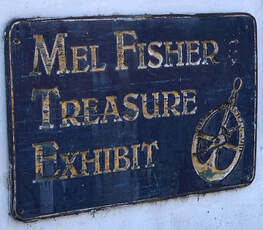 Later in the week we made it down to Key West where we came across some tremendous items. First was at the Mel Fisher Maritime Museum from a 1700 shipwreck, the slave ship Henrietta Marie which sunk off the southern tip of Florida. This flintlock pistol is the oldest true artifact/gun we have found in our research and it definitely looks like it was under water for more than 200 years. It is however not actually a gun ever in use in South Florida – it just happened to sink there. That being said it tells the story of the types of guns around at that time and is part of our history. It is the kind of gun used by the Pirates that roamed the Caribbean and Florida Keys for the better part of two centuries from the late 16th to the early 19th centuries.  Courtesy Collier County Museum Courtesy Collier County Museum But South Florida can go back even further with its gun lineage, reaching all the way back with artifacts and reasonable extrapolation (thanks Professor George) to the time of Ponce De Leon and his first visit to South Florida at Key Biscayne in 1513 and then again to the Southwest coast near Cape Coral in 1521. Regrettably, while we are unlikely to find an actual matchlock musket artifact from the 16th century we found a wonderful exhibit at the Collier County Museum in Naples back in 2019 of a Spanish Musketeer with a matchlock replica and full uniform and armor! For more about the guns in this period – and those that used them – check out From Matchlocks to Wheel-Locks in Early America -- 1500 to 1740 https://youtu.be/IBak7kgevaw. The history of guns in South Florida gets another big notch on the timeline when the Cape Florida lighthouse is built in 1825 where presumably the keeper had a gun as we conclude from the Seminole sacking of the lighthouse on Key Biscayne in 1836. There was definitely a gun battle, hence our confidence that guns were there, though I am not aware of any actual artifacts from the time, though we are still early in our research. For a glimpse of what a battle with Seminoles might have been like, and the Springfield rifles around at the time, check out the trailer from the 1953 Rock Hudson movie Seminole (https://youtu.be/WJaGp4cJLNM) starring Anthony Quinn as Chief Osceola. Yes, it’s a bit cheesy and likely out of touch race relations wise, but in no other movie have they depicted the realities of trudging through the glades in woolen uniforms, dragging canons through waist-high waters, all as hell rained down from the same types of guns the Indians likely brought with them into South Florida. We hope to dig deeper into this aspect of So Flo Guns’ story in the coming months. But the most exciting discovery on last week’s trip was at Key West’s Fort East Martello Museum finding what we believe may be the oldest museum firearm in South Florida. One that is actually from the period and was in use then and there in 1865. The Spencer Carbine (along with a shotgun) from the Civil War is under glass as soon as you enter the gallery. Western movie fans will remember the Spencer, it was used by Bill Munny (Clint Eastwood) to great effect in the movie Unforgiven https://youtu.be/X5Vb_FUuRDE. Please note that this is not a “light” scene so consider yourself warned. Thanks to all the awesome guides and representatives at all these museums. This kind of work is impossible without these places and the people who love and work for them.
So Flo Guns - A new documentary for release early 2022. South Florida’s entangled gun environment begins right here more than 500 years ago. So too America’s gun culture. At the core of our documentaries is a historical documentation of the past. This requires lots of time in museums, libraries, collections, etc. Just as importantly, we require the goodwill of supporting organizations and individuals who open up their archives and help guide the process with their expertise. We are indebted to them. Research for So Flo Guns began in 2018 with an interview with Dr. Paul George and will continue through the early summer. Here’s a list of some of the museums we are looking to:
We plan to finish our shoots by October 2021. Though Covid restrictions are still a consideration it looks like most things should be available to us in the relatively short term. Many museums are open already. For an idea of what we do with all this research please take a look at the Old Floods segment from our 2017 film So Flo Floods. It provides a good look at the kinds of elements we will bring to So Flo Guns including interviews, graphics, historical archives, even an animation. In the new film we will upgrade all of these elements with improved lighting and sound, better graphics, improved animation(s), etc. The new film also has something So Flo Floods did not - a more engaging subject that lends itself to visual storytelling with lots of supporting media and artifacts. Floods by their nature leave little behind for examination. Guns are the opposite in that there is so much to be examined including the guns themselves. Here’s a link to the 15-minute Old Floods segment: We are very fortunate to have Dr. Paul George’s involvement in both films and feature many excellent photos from HistoryMiami’s archives of the 1926 Miami Hurricane in the Old Floods segment. Similarly, we received a great deal of help from the LEW Museum of the Glades in Belle Glade remembering the 1928 Okeechobee Hurricane that devastated the region. Dr. George is Miami’s premiere historian at HistoryMiami Museum and we look forward to his contributions to the new film. For a taste of what we can look forward to we include the following brief clip in which he discusses the Cocaine Cowboy era and Miami’s gun culture. We owe much to the keepers of our history and look forward to getting “back in the stacks” over the coming months. We plan to reach out to other repositories, collections, and aficionados we find along the way who might be willing to perform live-fire demonstrations of their firearms and interviews.
If you can think of additional museums and collectors we should contact please contact us. |
Archives
June 2024
Categories
All
|
TheoEco Institute is a 501(c)(3) nonprofit organization. Contributions to TheoEco in the United States are tax exempt to the extent provided by law.

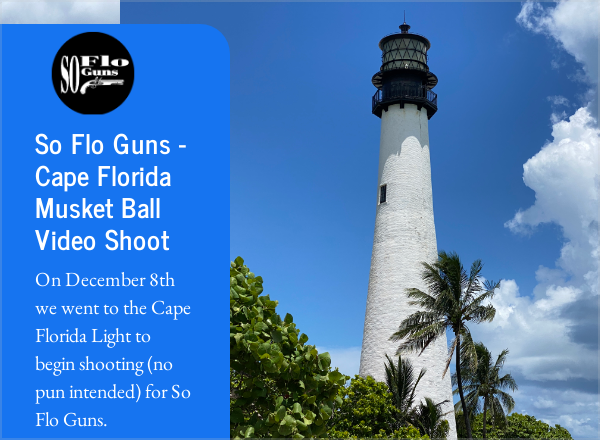

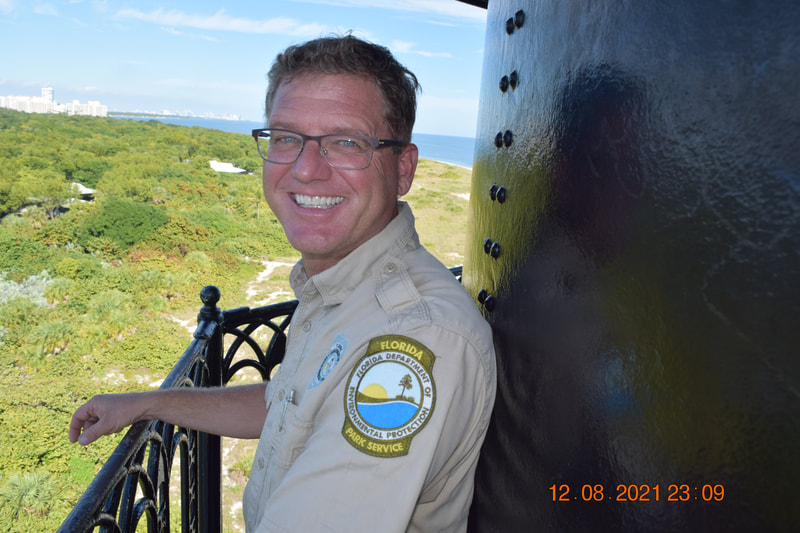

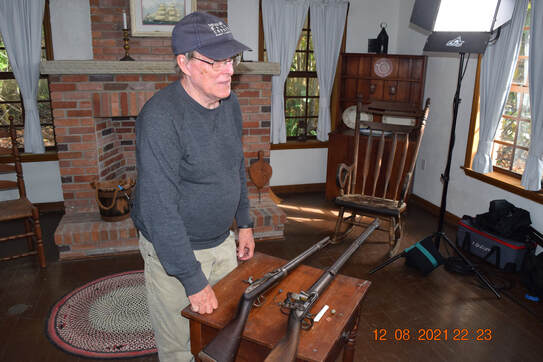

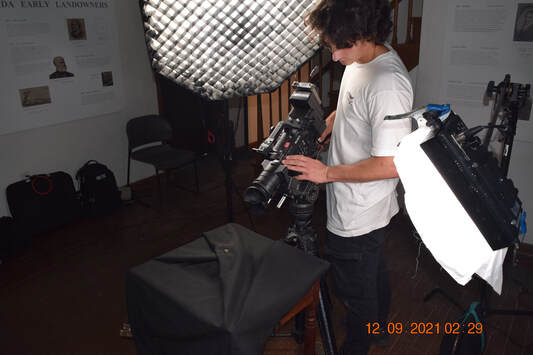

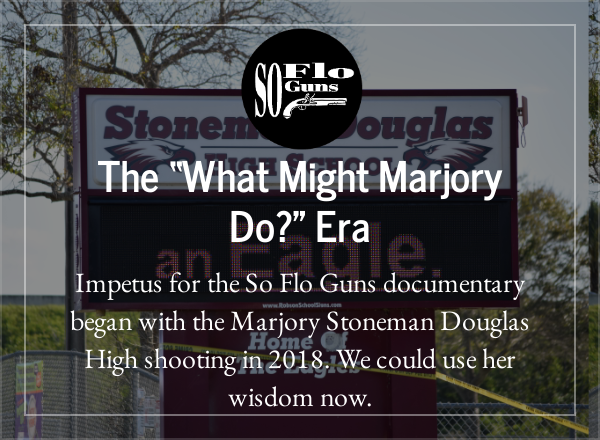
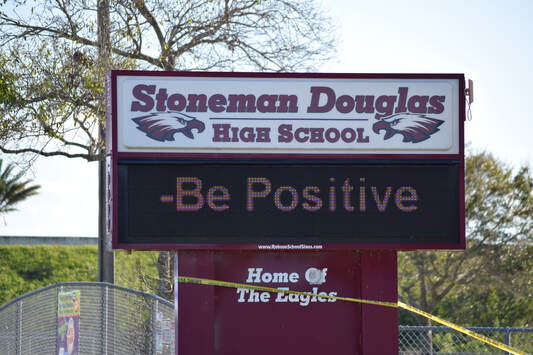
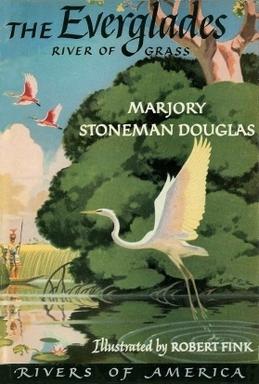
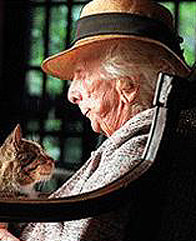


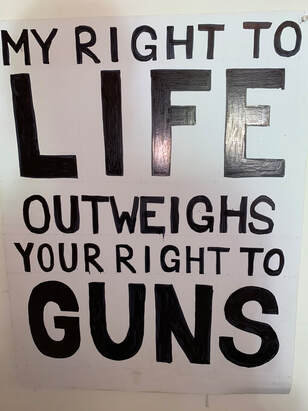


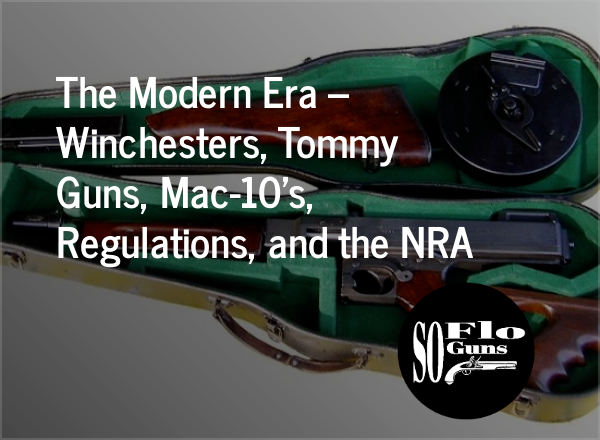

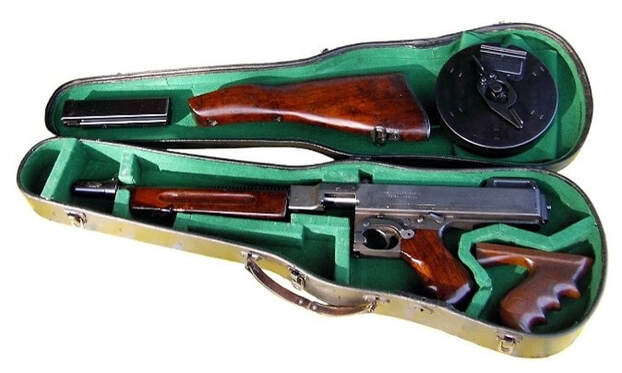

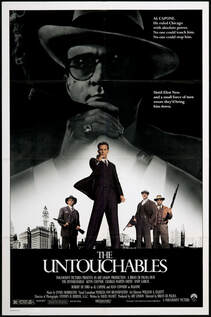
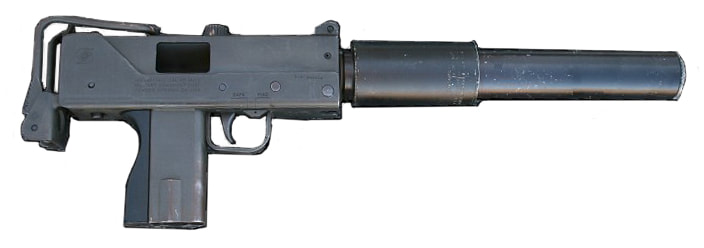
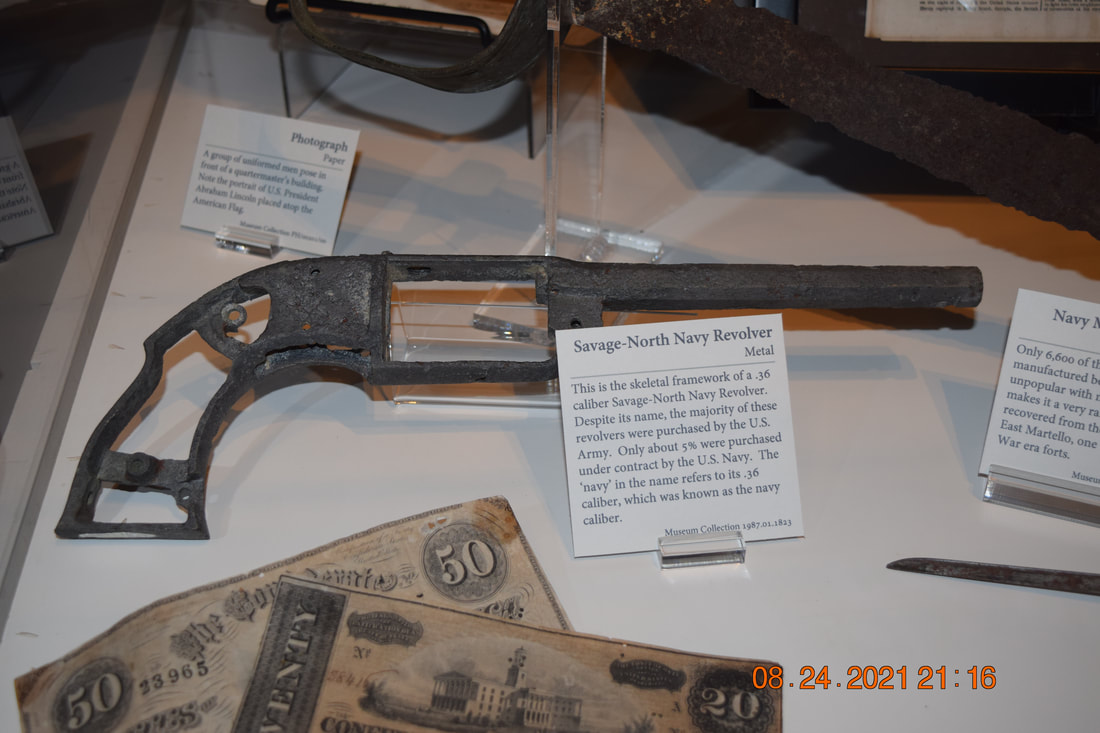





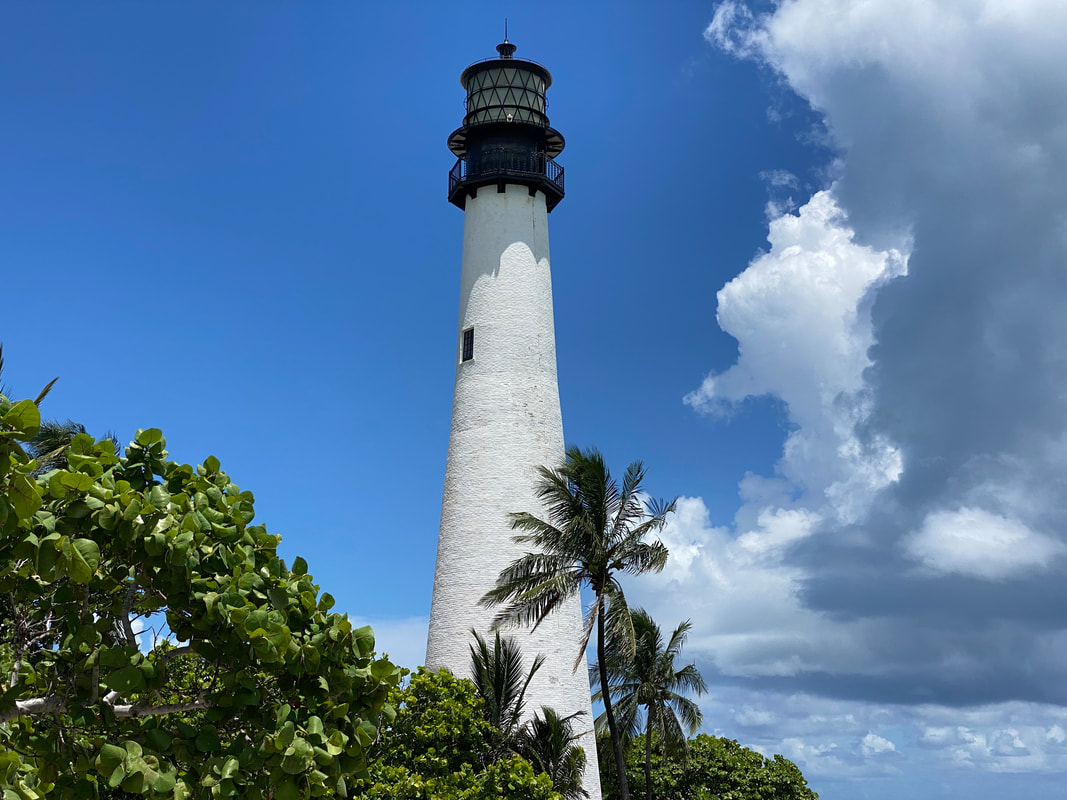
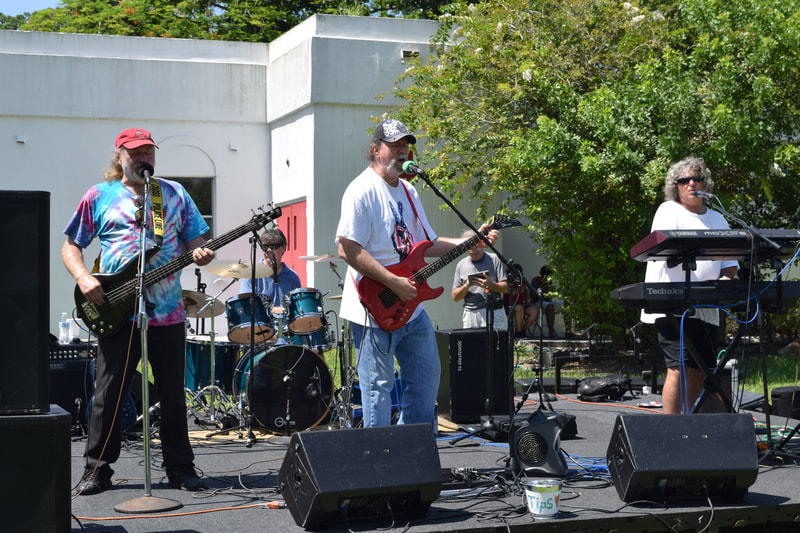
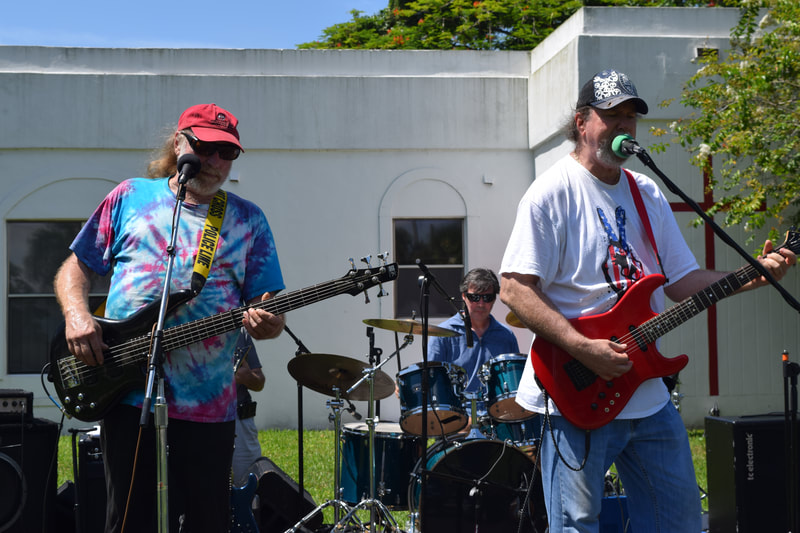

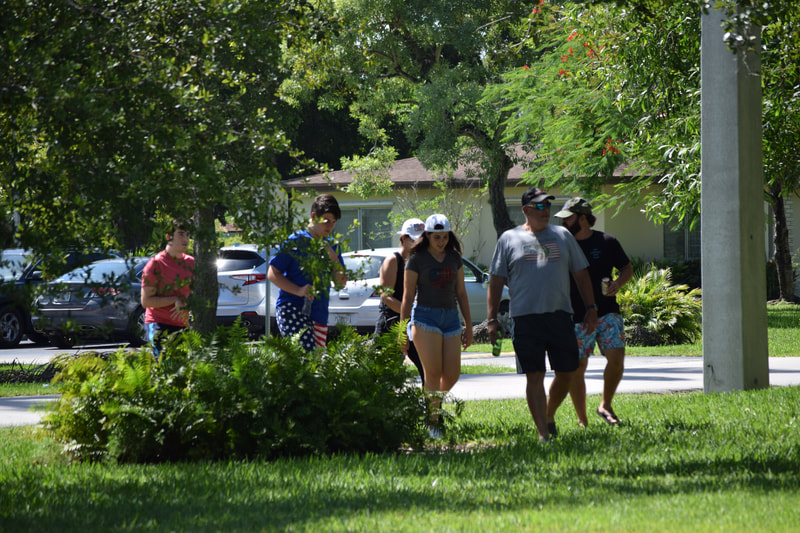
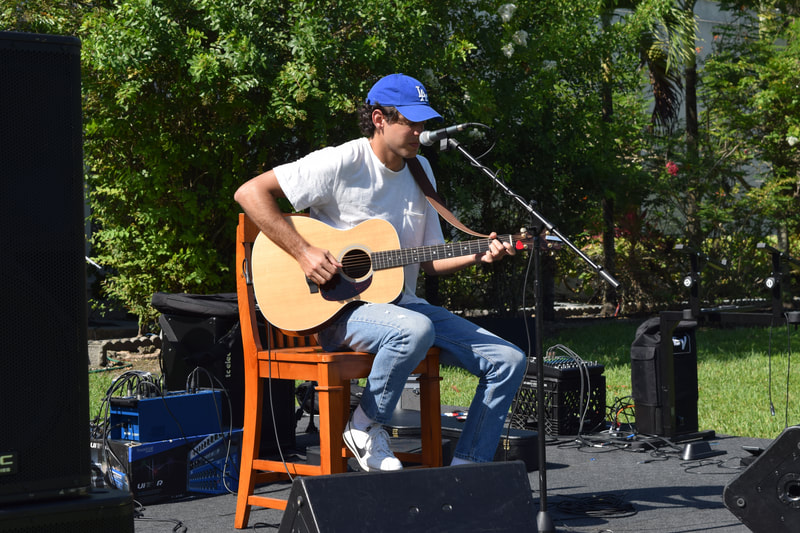
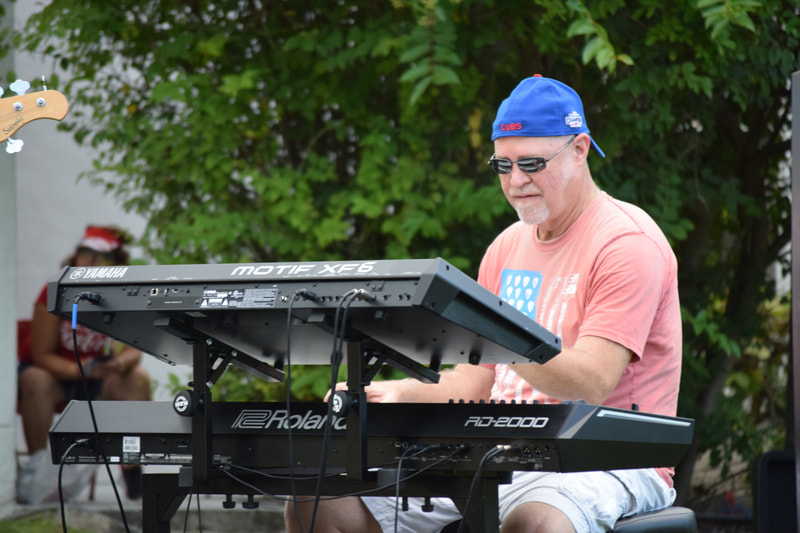

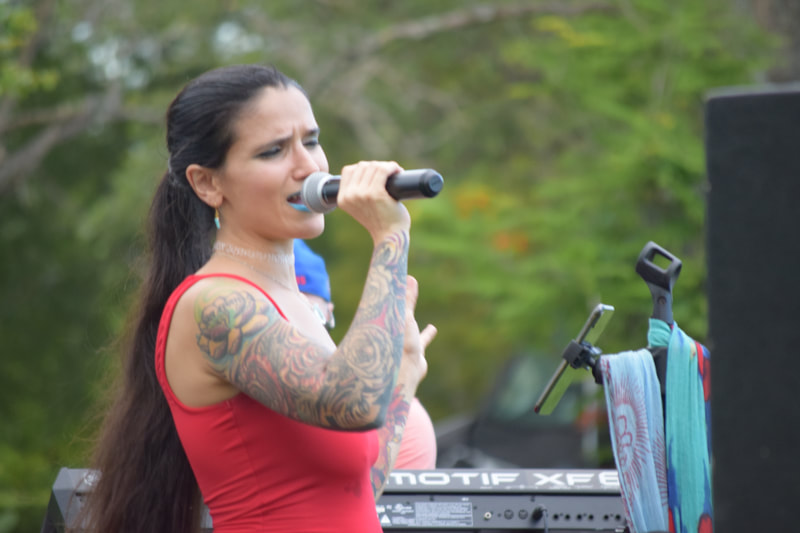
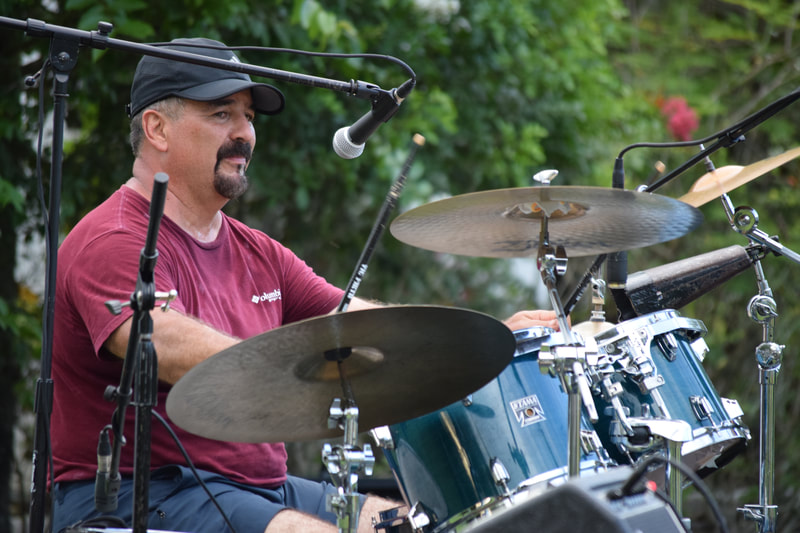


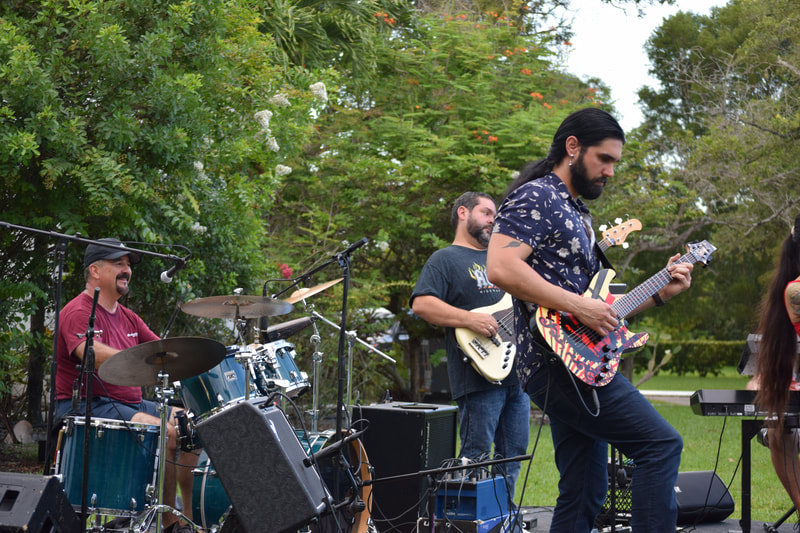




 RSS Feed
RSS Feed